Vive La France. The War was over. The French celebrated long the victory over the occupation by Germany. With long parties, music and probably lots of red wine. But also captured these precious moments with their new folk camera. The mini Sem Kim, the smallest of all with great performance.
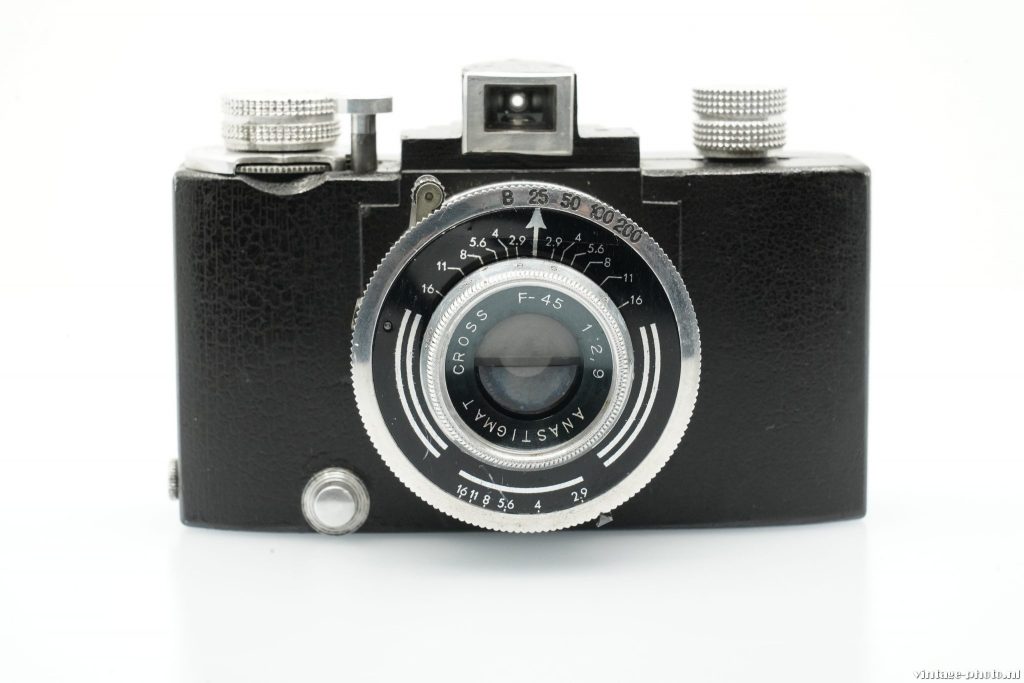
I honestly had never heard of the French camera manufacturer Sem.SEM was a French camera maker from just after World War II until the 1970s. It began by producing simple 35mm viewfinder cameras, but is mostly well-known for its range of 120 TLRs called the Semflex. This rare ‘Kim’ also known as Baby SEM from 1947, would fit in any jacket and bag. A pocket camera for, at that time modern small 135 films.
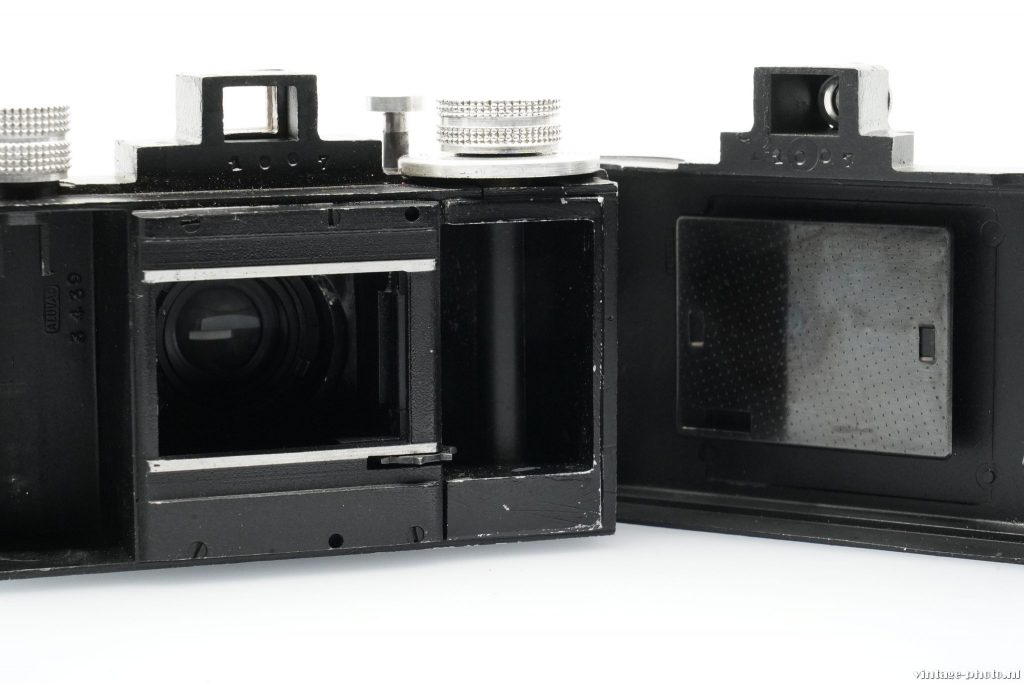
The specifications are big for such a small camera: a fast Sem Cross lens with a maximum aperture opening of F 2.9, all the way down to F16. And also the shutter speeds were a kind of impressive at the time for simple ‘consumer’ or folkcamera’s: 1/200s to B. The camera was officially the relaunch of Cornu’s Reyna from 1941 which looks exactly the same.

The simple, but precise shutter still performs well after almost 70 years. The diaphragm, once awakened after her long beauty sleep, also opens and closes smoothly in the beautifully working machine. Also striking is the small, but sharp viewfinder image. There is nothing to focus (except with distance estimations), but the crop is perfect for focusing well.

On top is the shutter, cleverly attached to the lens. But also a well-functioning film counter that is ingeniously linked to the transport of the roll of film in the housing.
The camera feels great in the hand and resembles a modern, vintage mirrorless camera. Beautiful matte black and shiny buttons. Small and handy. And that button below and next to the lens that nobody knows what it is for? We found it: it allows to take a double shot and unlocks the safety mechanism. An ideal entry-level camera in the wonderful world of vintage photography, at least if you find one.



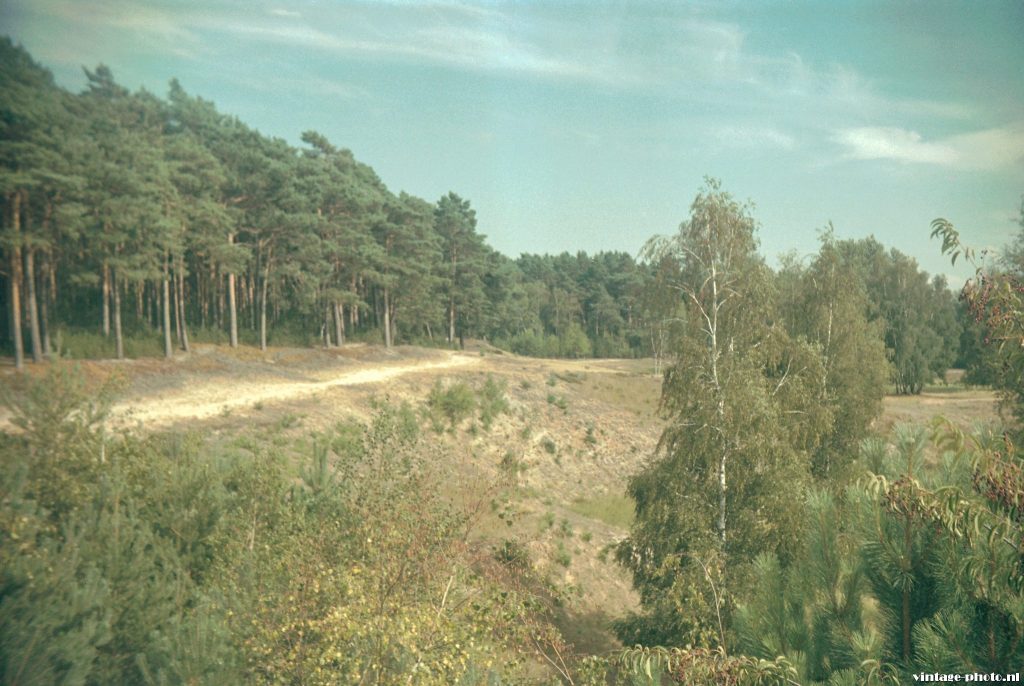
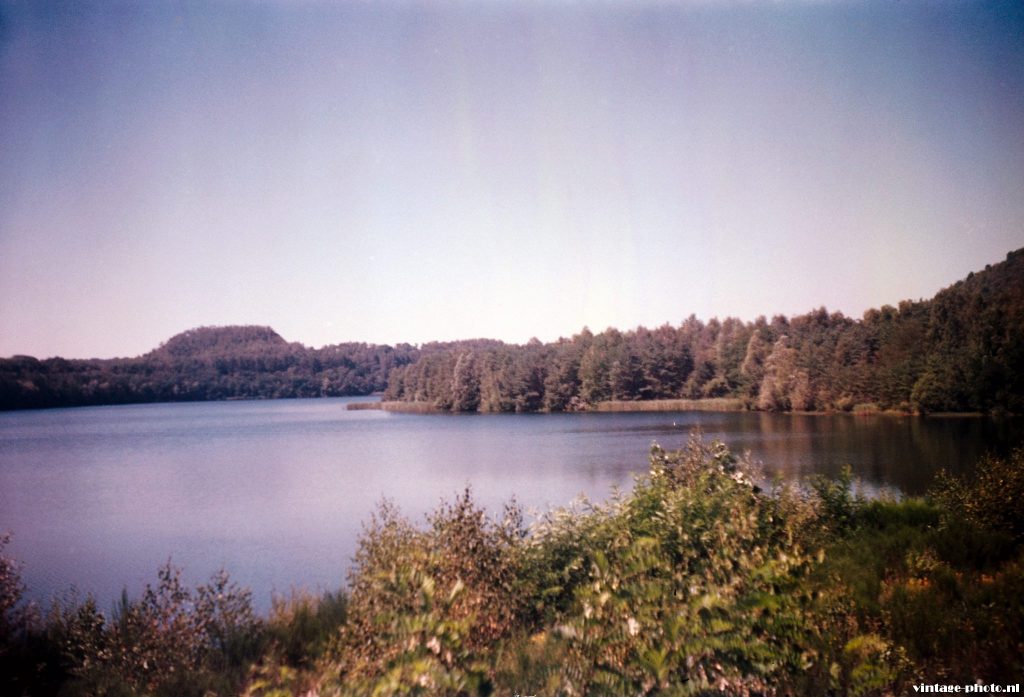
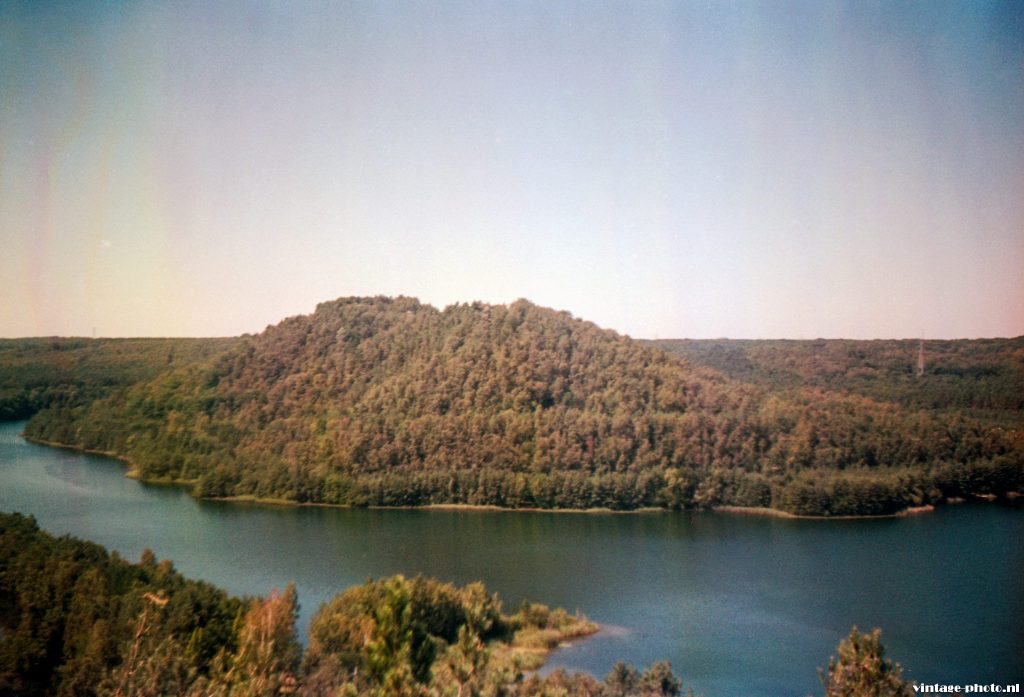
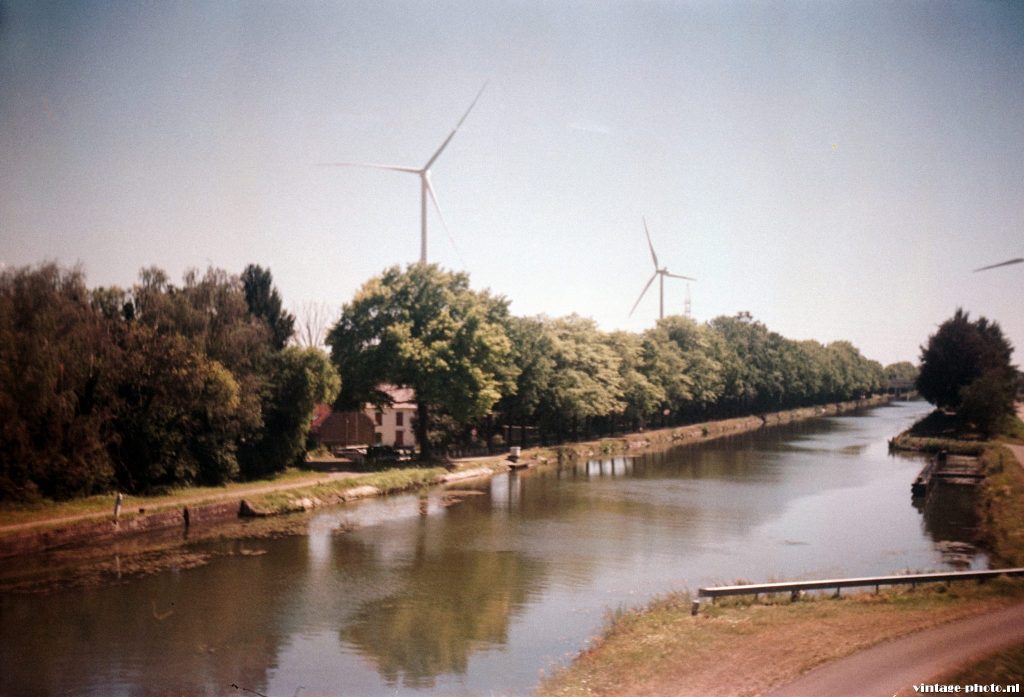
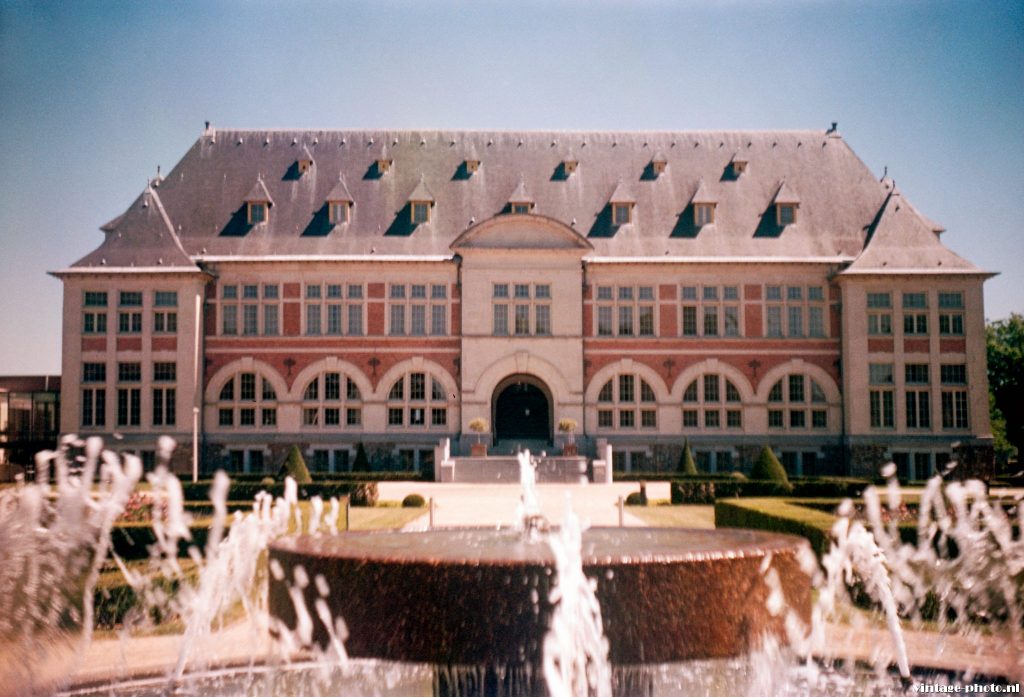
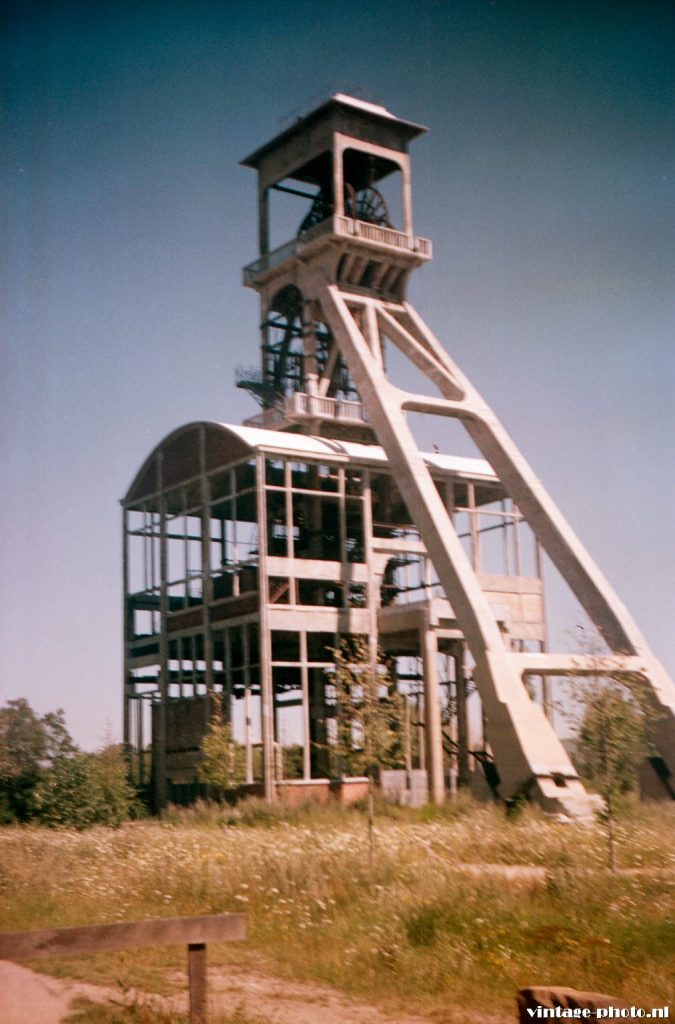
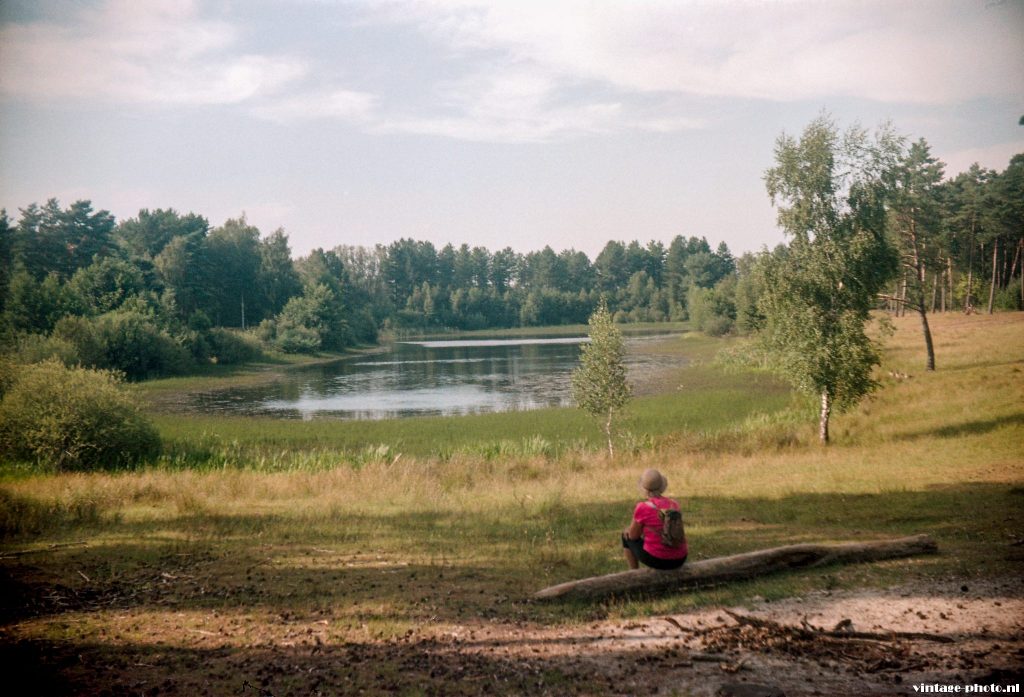
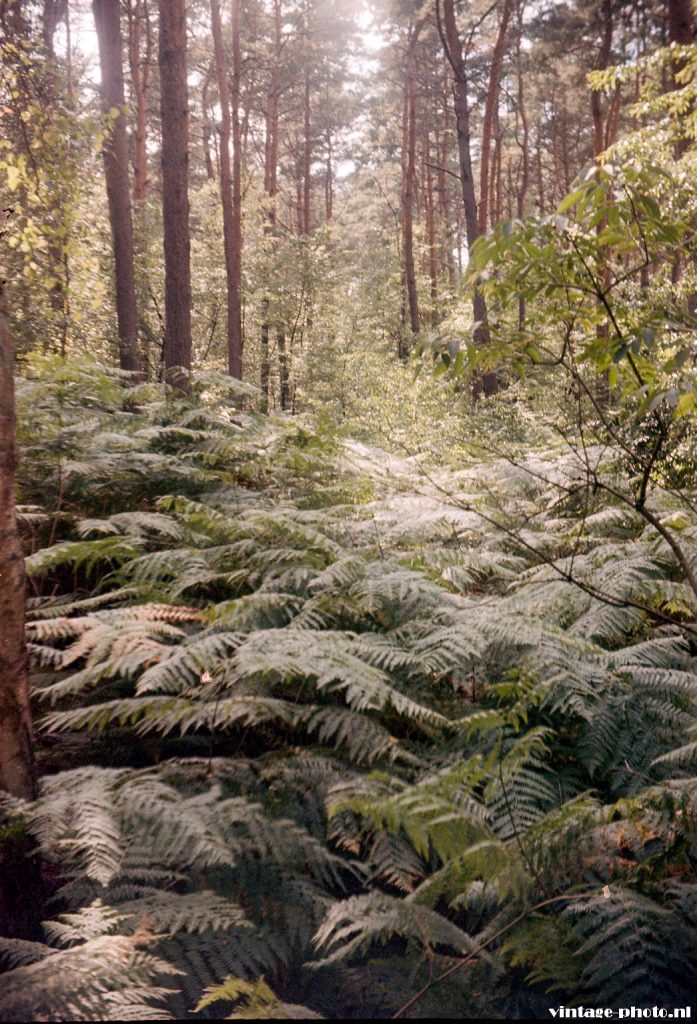
I had one in the early 1960s – I shot a few hundred rolls of Kodak Plus-X with it, mostly of locations in my home town in eastern Canada. Eventually GAS hit hard and I traded it off for a Yashica D TLR which served me well for many years but slowed me down in both my composing and my shooting – TLRs and 120 film cause a different mind-set from 35mm snatch-and-grab photography and I found I was gravitating more to static subjects like buildings and (ugh) pretty landscapes, the latter now long forgotten but the former now form part of an archival collection in the regional museum, along with several thousand of my Sem negatives. So both cameras produced the goods, in their own ways.
My Sem was an easy to use camera and I found it freed my mind to making haphazard images in the ‘street’ genre which was not so popular in those snapshot days, but are now the rage. So in that sense, I was a pioneer…
The camera was soon sold by the photo dealer to a collector whose son inherited the collection, so it may well still be on one of his shelves. I daresay much like the camera used by the writer of this article, it could still be used. Try that in 70 years’ time with a digital Nikon!
As always on this site, a well-written, informative and as always immensely entertaining article. More of the same, please.
Thanks Dan for your nice reflection that fits this SEM, it offers indeed an easy and nowadays popular way to a kind of point and shoot. Soon we will introduce reviews of a huge and interesting post war Zeiss Ikon collection.